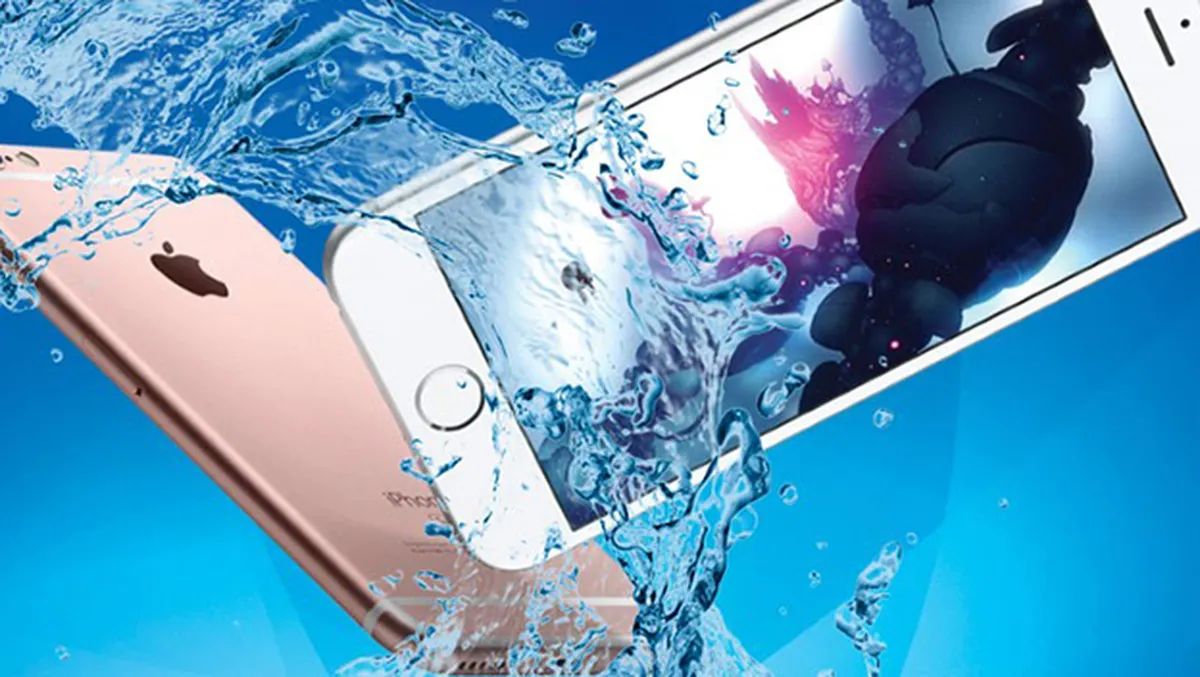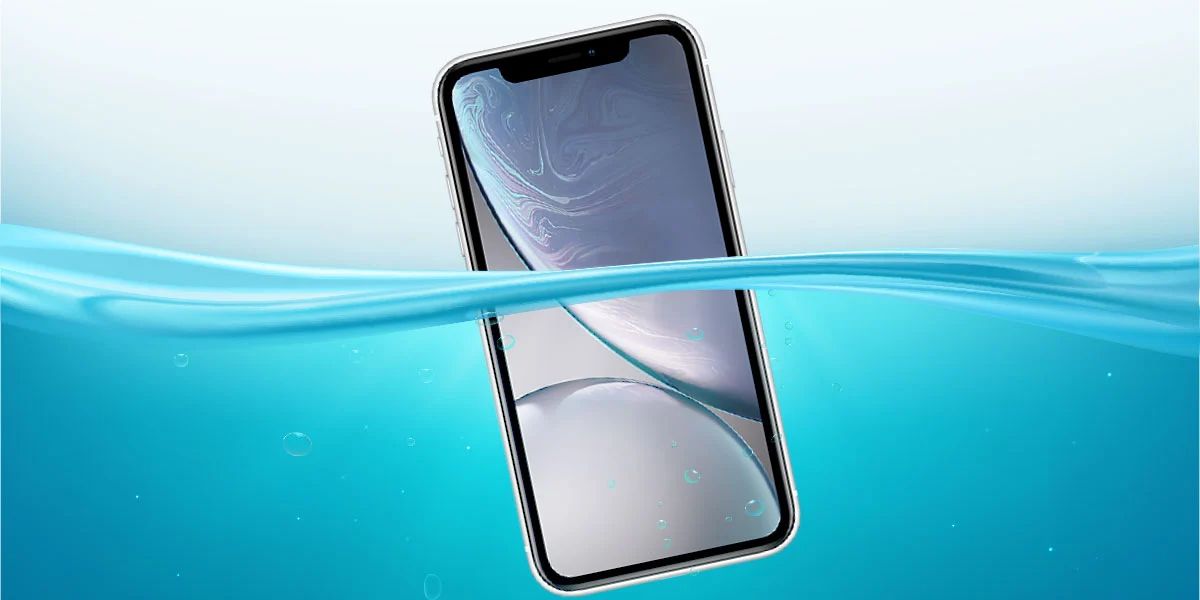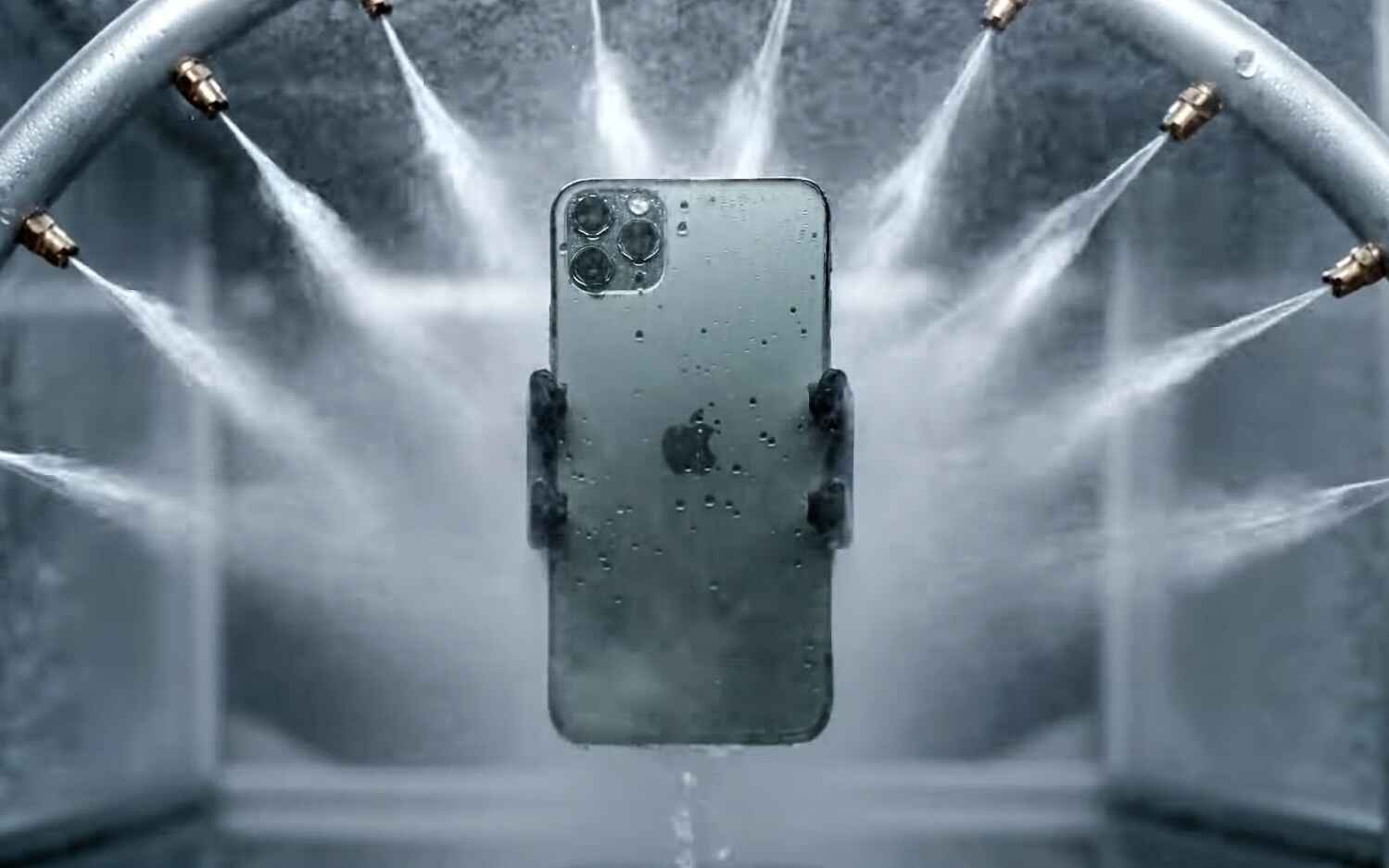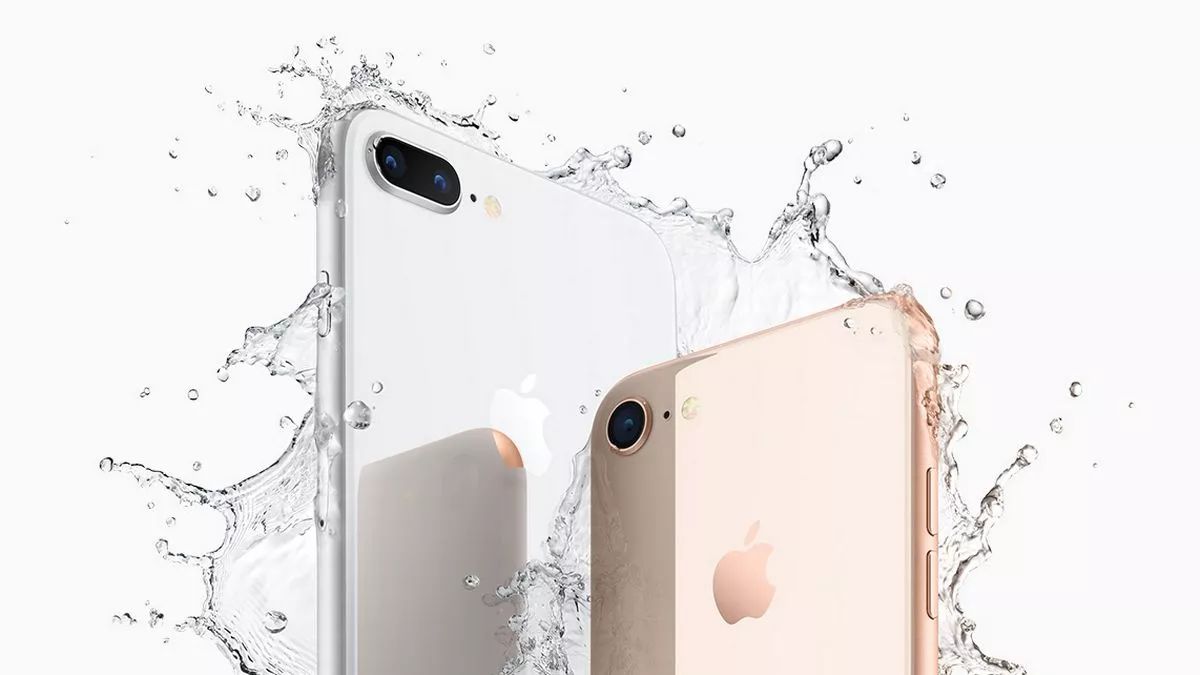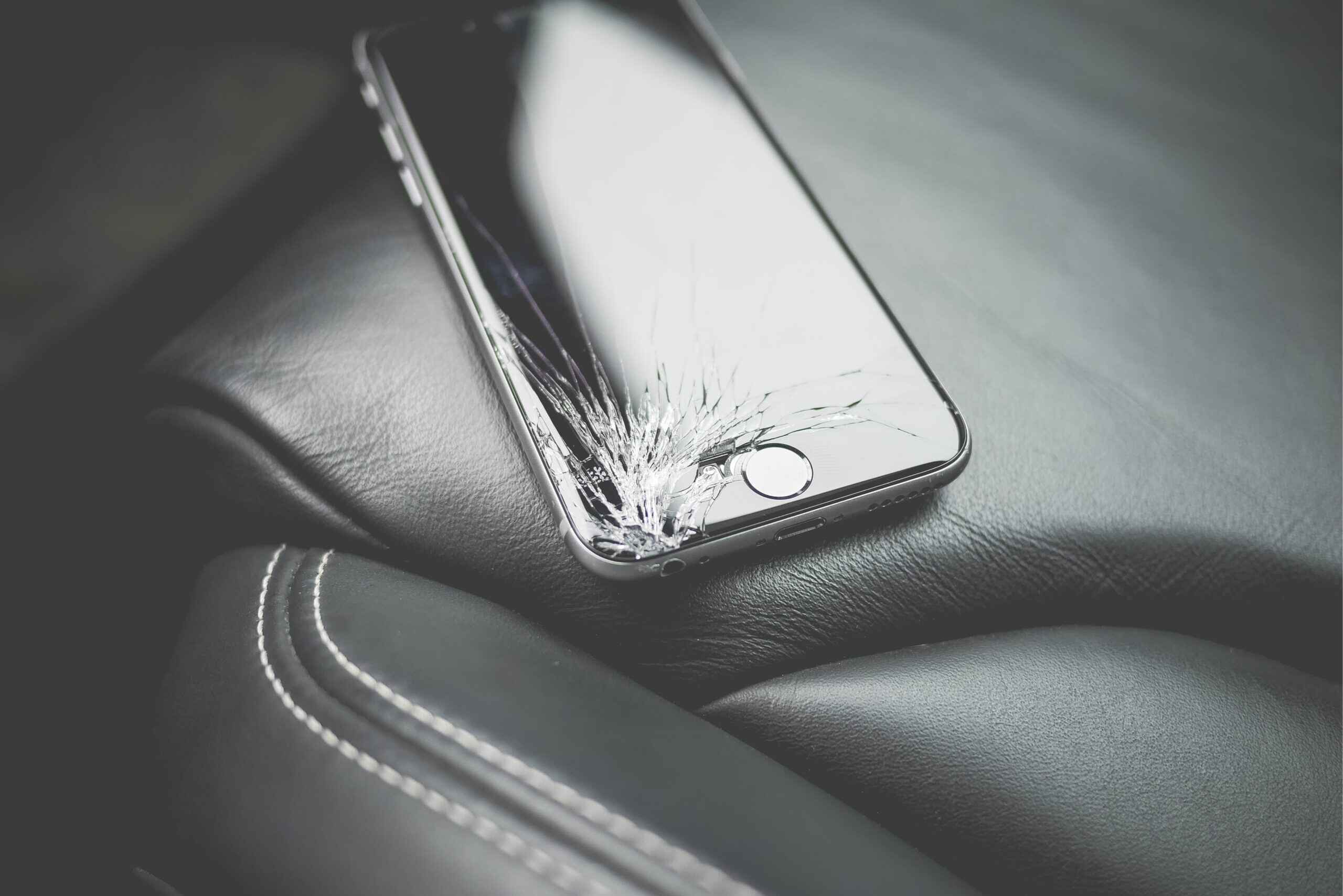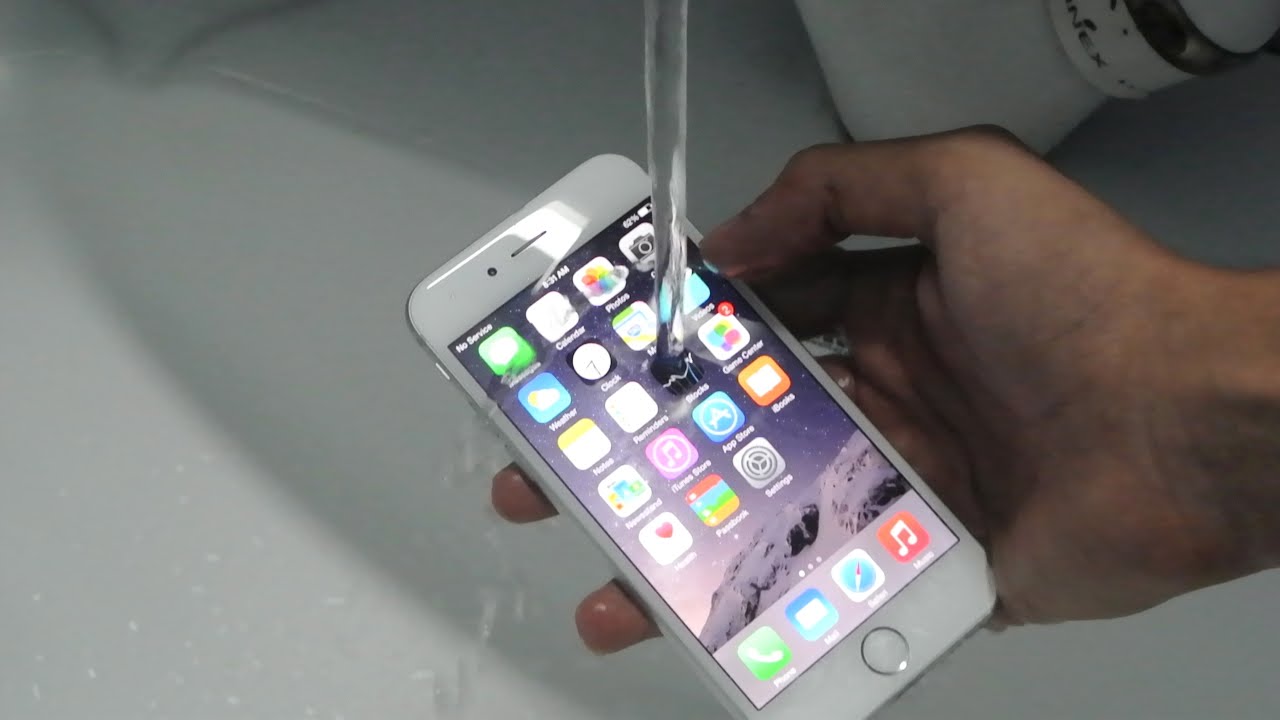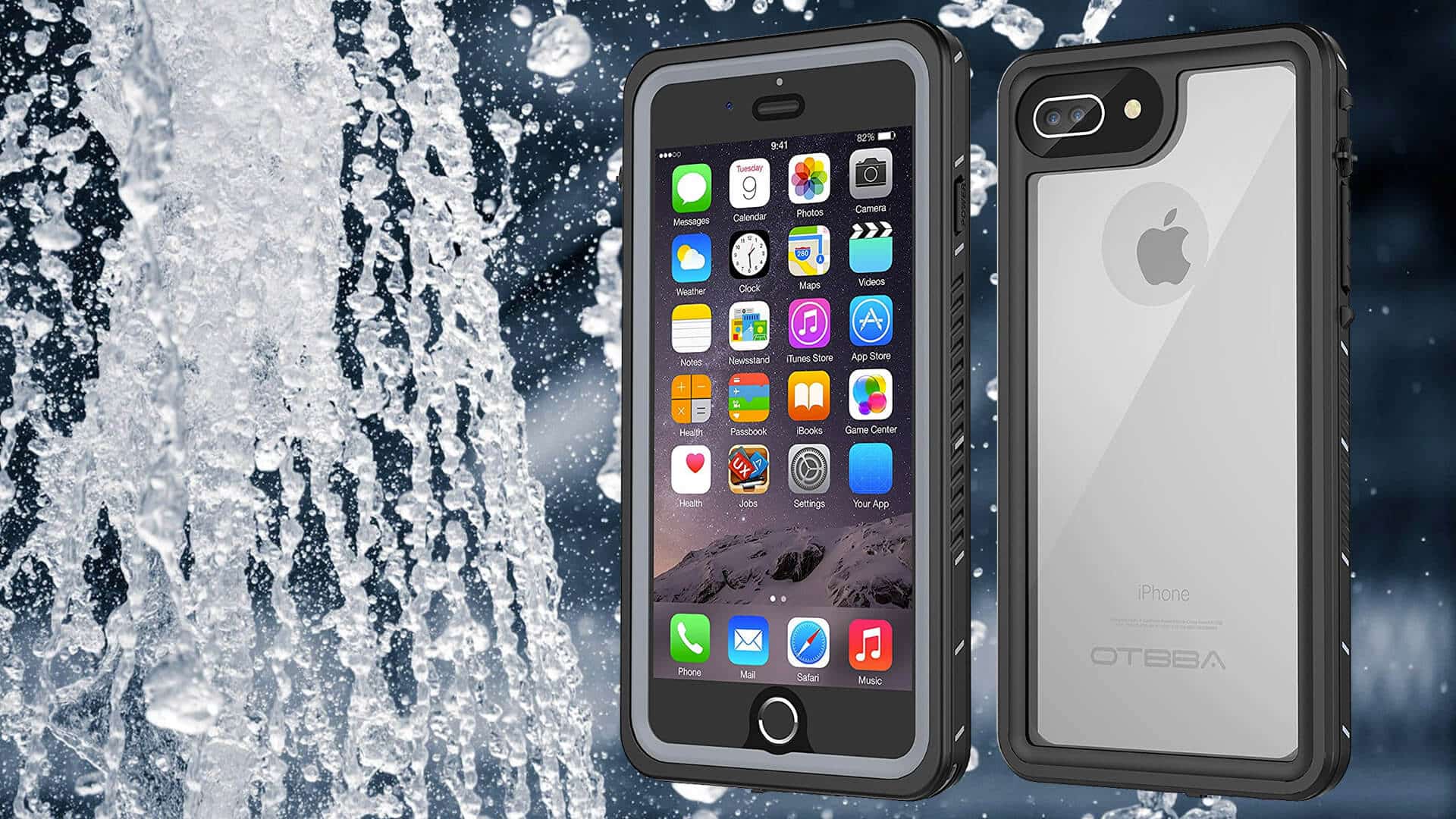Introduction
The iPhone 7, a marvel of modern technology, boasts an impressive feature that sets it apart from its predecessors: water resistance. This groundbreaking capability allows users to enjoy peace of mind in various scenarios, whether it's taking photos by the pool, getting caught in a sudden downpour, or simply using the device in a humid environment. Understanding the nuances of water resistance and how it applies to the iPhone 7 is crucial for users who want to make the most of this feature while ensuring the longevity of their device.
The water resistance of the iPhone 7 represents a significant advancement in smartphone engineering. It's a testament to Apple's commitment to enhancing user experience and providing durable, high-performing devices. By delving into the specifics of water resistance and its implications for the iPhone 7, users can gain a deeper appreciation for the craftsmanship and innovation that went into creating this remarkable device.
In this article, we will explore the concept of water resistance, shedding light on what it entails and how it is achieved in the context of the iPhone 7. Additionally, we'll discuss practical tips for maintaining the water resistance of the iPhone 7 to ensure that users can continue to leverage this feature for years to come. So, let's embark on a journey to unravel the mysteries of water resistance and discover how it elevates the iPhone 7 to new heights of functionality and reliability.
What is Water Resistance?
Water resistance refers to the ability of a device to withstand exposure to water without sustaining damage. In the context of electronic devices such as smartphones, achieving water resistance involves implementing specialized design and engineering features to protect the internal components from moisture ingress. This capability empowers users to use their devices in environments where they may encounter water, such as rain, splashes, or even brief submersion, without compromising the device's functionality.
The concept of water resistance revolves around the prevention of water intrusion into the internal circuitry and components of a device. This is accomplished through various measures, including the use of seals, gaskets, and hydrophobic coatings to create barriers that prevent water from reaching sensitive areas. Additionally, the design of water-resistant devices often incorporates strategic placement of components and ports to minimize vulnerability to water exposure.
It's important to note that water resistance is not synonymous with waterproof. While a water-resistant device can withstand certain levels of water exposure, it is not impervious to water damage under all conditions. The degree of water resistance can vary among different devices, and it is typically classified based on standardized ratings that indicate the level of protection offered.
In the case of smartphones like the iPhone 7, achieving water resistance involves meticulous engineering and rigorous testing to ensure that the device meets predefined standards for water resistance. This includes subjecting the device to simulated water exposure in controlled environments to assess its performance and durability under varying conditions.
Understanding the concept of water resistance is essential for users who want to make informed decisions about using their devices in different environments. By grasping the capabilities and limitations of water-resistant devices, users can effectively leverage this feature while taking appropriate precautions to safeguard their devices from potential water damage.
In the next section, we will delve into the specific details of the water resistance of the iPhone 7, shedding light on the features and technologies that enable this device to withstand water exposure.
Water Resistance of iPhone 7
The iPhone 7 represents a pivotal moment in Apple's product development, as it marked the introduction of water resistance to the iPhone lineup. This groundbreaking feature was a significant leap forward, providing users with added protection and versatility in their daily use of the device.
The water resistance of the iPhone 7 is attributed to a meticulously engineered design that incorporates several key elements to mitigate the risk of water damage. One of the primary components contributing to its water resistance is the precision-engineered seals and gaskets that safeguard vulnerable areas of the device, such as the SIM card tray and various connectors. These seals create a barrier that prevents water from seeping into the internal components, effectively shielding the device from potential damage.
Furthermore, the iPhone 7 features a strategically designed enclosure that enhances its water resistance. The seamless integration of components and the careful placement of ingress points contribute to the overall resilience of the device against water exposure. This thoughtful approach to design not only ensures water resistance but also maintains the sleek and elegant aesthetics that Apple products are renowned for.
Apple subjected the iPhone 7 to rigorous testing to validate its water resistance capabilities. The device underwent meticulous assessments in controlled environments to simulate real-world scenarios, including exposure to water splashes and submersion. These stringent tests were instrumental in certifying the iPhone 7's ability to withstand water exposure, providing users with a reliable and durable device for various environments.
The water resistance of the iPhone 7 is further bolstered by the application of hydrophobic coatings on internal components. These specialized coatings repel water, minimizing the likelihood of moisture intrusion and enhancing the overall resilience of the device. This comprehensive approach to water resistance underscores Apple's commitment to delivering a high-quality and resilient product to its users.
By integrating water resistance into the iPhone 7, Apple empowered users to embrace new possibilities with their devices. Whether capturing memorable moments in the rain or using the iPhone 7 in environments where water exposure is a concern, users can do so with confidence, knowing that their device is equipped to handle such conditions.
The water resistance of the iPhone 7 represents a significant milestone in smartphone technology, setting a new standard for durability and functionality. It epitomizes Apple's dedication to innovation and user-centric design, offering a compelling blend of style and resilience.
In the subsequent section, we will explore practical tips for maintaining the water resistance of the iPhone 7, enabling users to preserve this valuable feature for the long term.
How to Maintain Water Resistance
Preserving the water resistance of the iPhone 7 is paramount to ensuring the longevity and reliability of this remarkable feature. By adopting proactive measures and exercising care in the handling and usage of the device, users can effectively maintain its water resistance, safeguarding it from potential damage in water-prone environments.
Here are some practical tips to help users preserve the water resistance of their iPhone 7:
-
Avoid Submerging the Device: While the iPhone 7 is designed to withstand water exposure, it is advisable to avoid submerging the device in water for prolonged periods. Although it can endure brief submersion, prolonged exposure to water may compromise its water resistance over time.
-
Keep Ports and Openings Clean and Dry: Ensuring that the charging port, speakers, and other openings are free from debris and moisture is essential for maintaining water resistance. Regularly inspecting and cleaning these areas can prevent potential ingress of water and foreign particles.
-
Use a Protective Case: Investing in a high-quality, water-resistant case can provide an additional layer of protection for the iPhone 7. A well-designed case can help shield the device from water splashes and minor accidents, further enhancing its resilience in various environments.
-
Avoid Exposure to Harsh Chemicals: Contact with harsh chemicals, such as detergents and soaps, can compromise the water resistance of the iPhone 7. It's important to refrain from exposing the device to substances that may degrade the seals and protective coatings.
-
Dry the Device Thoroughly: In the event that the iPhone 7 comes into contact with water, it's crucial to dry it thoroughly before use. Wiping the device with a soft, absorbent cloth and allowing it to air dry can help prevent the accumulation of moisture within the internal components.
-
Regular Maintenance Checks: Periodically inspecting the device for any signs of wear or damage to the water-resistant features is essential. This includes ensuring that the seals and gaskets remain intact and that there are no visible signs of compromise to the device's water resistance.
By adhering to these guidelines and exercising caution in the use and care of the iPhone 7, users can effectively maintain its water resistance, allowing them to continue enjoying the benefits of this remarkable feature with confidence.
The water resistance of the iPhone 7 represents a remarkable fusion of innovation and practicality, empowering users to embrace a wider spectrum of experiences without compromising the integrity of their device. By embracing these maintenance practices, users can uphold the water resistance of the iPhone 7, ensuring that it remains a reliable companion in various environments and conditions.
Conclusion
In conclusion, the water resistance of the iPhone 7 represents a significant advancement in smartphone technology, underscoring Apple's commitment to delivering resilient and user-centric devices. By integrating water resistance into the iPhone 7, Apple has elevated the user experience, allowing individuals to confidently use their devices in diverse environments without the constant fear of water damage.
The meticulous engineering and rigorous testing that went into achieving the water resistance of the iPhone 7 exemplify Apple's dedication to quality and innovation. The precision-engineered seals, strategically designed enclosure, and hydrophobic coatings collectively contribute to the device's ability to withstand water exposure, providing users with a reliable and durable smartphone.
Furthermore, by understanding the nuances of water resistance and adopting practical maintenance measures, users can prolong the longevity of this valuable feature. From avoiding prolonged submersion to keeping ports clean and dry, these proactive steps empower users to preserve the water resistance of their iPhone 7, ensuring that it remains a steadfast companion in various scenarios.
The introduction of water resistance in the iPhone 7 not only enhances the device's durability but also expands the possibilities for users. Whether it's capturing unforgettable moments in the rain, enjoying outdoor activities, or simply using the device with peace of mind, the water resistance of the iPhone 7 enriches the overall user experience.
As technology continues to evolve, the integration of water resistance in smartphones has become a defining feature, offering users a blend of functionality, resilience, and style. The iPhone 7 stands as a testament to this evolution, embodying the seamless convergence of cutting-edge engineering and user-focused design.
In essence, the water resistance of the iPhone 7 represents a pivotal step forward, setting a new standard for smartphone durability and versatility. It not only reflects Apple's pursuit of excellence but also empowers users to embrace a lifestyle where their devices can adapt to various environments, unfazed by the presence of water. The iPhone 7, with its water resistance, is not just a smartphone; it's a companion that emboldens users to explore, create, and connect without limitations.







